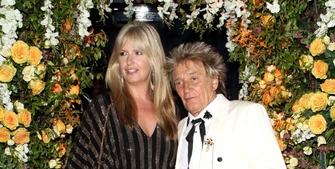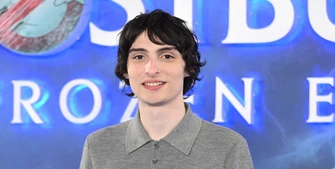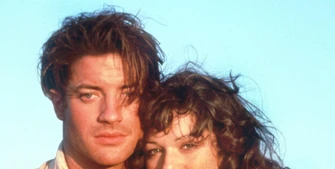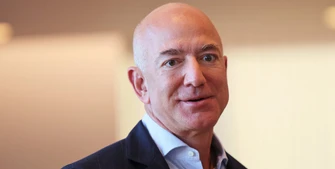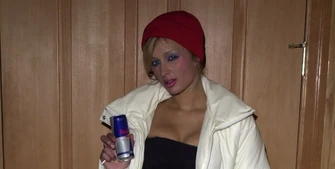The Sandman showrunner explains why the Netflix show is ending after two seasons
Netflix's The Sandman is ending after two seasons, and its showrunner Allan Heinberg has explained why - despite him "always" thinking The Sandman was a three-season show.
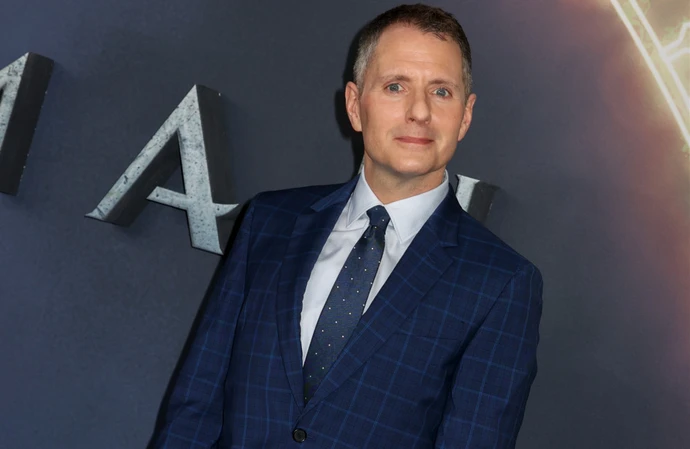
The Sandman showrunner Allan Heinberg has explained why the show is ending after two seasons.
The 57-year-old crew member "always thought" the Netflix fantasy series - which is based on the 1989-1996 comic book of the same name by Neil Gaiman, and sees cosmic being Sandman, aka Dream (Tom Sturridge), travel to different world and timelines to fix the destruction caused by him being captured and held prisoner for over 100 years - was a"three" seasons show.
However, Allan, Neil - who developed and executive produces the series - and the rest of the team behind The Sandman decided to end the show because there were not as many Sandman stories in the comics as they initially thought.
He explained to The Hollywood Reporter: "We learned making season one that we were only going to focus on the stories where Dream was the protagonist.
"In the comic book, it has more of an anthology structure. There are long story arcs where he may appear in one or two scenes, but there are other people’s stories.
"We realised that the audience, for a serialised drama, needs a character that they can follow and root for throughout the entire run of the show.
“Anthologies are very difficult to pull off [because] every time you introduce a new cast of characters, you have to earn the audience’s trust, love and rooting interest.
"And with this show, we watched the audience reaction to the first episode and then the second episode, and their interest was always held when Dream was either onscreen or the subject of the scene.
"But anytime we drifted into other people’s storylines, they got confused and lost interest because it’s called The Sandman, and they thought the show was about the Sandman, which we all understand."
He continued: "So, by the end of season one, we started looking at the stories that were going to be part of a proposed second season.
"The biggest question mark was around a graphic novel called A Game of You, where Dream has two or three appearances, but it’s not his story. It’s Barbie’s story, who we introduced in season one. So there was some debate about how we would do it.
"The writers and I actually spent two months, because it was a three-episode arc, building a story for Dream to be part of A Game of You that was not in the comics.
"In order to tell that story, it would have to become a Dream story, and we labored a long time over it.
“In the end, Netflix came to us and said, ‘What if we skipped it storywise? Since we are focusing on Dream, what if we went straight from the end of Season of Mists into Brief Lives [for volume one]?’
"It was a proposal. They asked me, ‘How do you think you would do that?’ And because Dream isn’t in A Game of You, it was fairly easy [to adapt].
"So, from the comics, we substituted his affair with the witch Thessaly, and we concentrated on Nada - Season of Mists is all about Nada [the Queen of the First People who Dream condemned to hell for 10,000 years after she rejected his proposal to be with him].
"So him proposing to Nada again and Nada rejecting him took the place of Thessaly’s rejection, and it was a very seamless way of transitioning into Brief Lives.
Allan added: "I had always thought of The Sandman as a three-season show with 11 episodes in each season, and initially I had crafted season two to end with Orpheus’ death and Dream’s response to it.
"And then the third season was going to be The Kindly Ones [the ninth and penultimate installment of the original Sandman comics], and everything that comes after. And when we took A Game of You out of the mix, it created all the space we needed for The Kindly Ones and everything that came after.
"So it was a very organic process of looking at the comics and saying, ‘If we’re just telling Dream’s story, what are those elements, and can we do it in the 11 episodes that we had? And then [we’ll have] the additional Death episode at the end.’”








